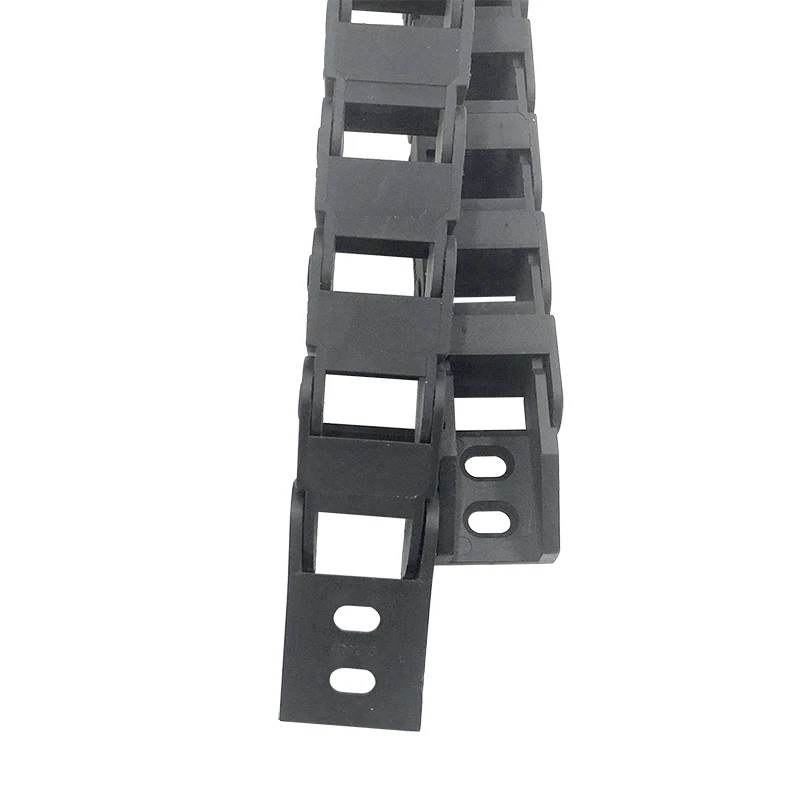Flexible Cable Protection with Corrugated Conduit for Enhanced Durability and Versatility
Understanding Corrugated Cable Conduit A Comprehensive Guide
In today's technologically advanced world, the demand for effective and reliable electrical systems is paramount. As industries and residential areas alike seek to protect their wiring and improve their safety, corrugated cable conduits have emerged as a popular solution. This article will explore what corrugated cable conduit is, its benefits, applications, and why it is an essential component in electrical installations.
What is Corrugated Cable Conduit?
Corrugated cable conduit, often referred to simply as conduit, is a protective tubing designed to house and protect electrical cables and wires. Made from various materials, typically high-density polyethylene (HDPE) or PVC (polyvinyl chloride), these conduits have ridges or grooves running along their surface, which provides flexibility and strength. Their unique design allows them to bend and curve while maintaining their structural integrity, making them ideal for a wide range of applications.
Benefits of Corrugated Cable Conduit
1. Durability One of the primary advantages of using corrugated cable conduit is its durability. These conduits are resistant to various environmental factors, including moisture, chemicals, and UV radiation. This resilience ensures that the cables inside are well-protected, prolonging their lifespan and reducing the need for frequent replacements.
2. Flexibility The corrugated design provides excellent flexibility, allowing the conduit to navigate tight spaces and corners without the risk of kinking or breaking. This flexibility makes installation easier and allows for more creative routing solutions in complex electrical systems.
3. Lightweight Corrugated conduits are significantly lighter than traditional rigid conduits. This lightweight nature not only simplifies transportation but also eases the installation process, as fewer manpower and resources are required to handle and install these conduits.
4. Cost-Effective Given the durability and long lifespan of corrugated cable conduits, they prove to be a cost-effective solution over time. Although the initial purchase price may be comparable to other conduit types, the reduced maintenance and replacement costs make them an economically sound choice.
5. Fire Resistance Many corrugated cable conduits are designed with fire-retardant properties, providing additional safety for electrical installations. In the event of a fire, these conduits can help prevent the spread of flames and protect the integrity of the electrical system.
Applications of Corrugated Cable Conduit
Corrugated cable conduits find applications across a diverse range of industries and settings, including
corrugated cable conduit

- Residential Wiring Homeowners use corrugated conduits to protect electrical systems within walls and ceilings, ensuring a safe and organized setup.
- Commercial Buildings From offices to retail spaces, corrugated conduits are widely utilized to manage and protect electrical wiring, offering a neat appearance and compliance with safety regulations.
- Industrial Settings Factories and industrial plants often require robust electrical systems. Corrugated conduits are perfect for protecting wiring in harsh environments where exposure to chemicals or mechanical stress is a concern.
- Telecommunications Corrugated conduits are frequently used to house telecommunication cables, safeguarding them from physical damage and environmental hazards.
- Networking In a world where data transfer is crucial, adhering to best practices for network cabling is vital. Corrugated conduits provide reliable protection for networking cables, ensuring efficient communication.
Installation Tips
When installing corrugated cable conduits, it is essential to keep several best practices in mind
- Select the Right Size Choose conduit that adequately fits the cables being housed, allowing enough space for any potential expansion or additional wiring.
- Plan the Route Before installation, plan the conduit route to minimize bends and turns, which can impede cable placement and increase installation difficulty.
- Secure Properly Use appropriate fastening techniques to ensure that the conduit stays in place without risking damage to the cables inside.
- Regular Inspections It's advisable to conduct periodic inspections of the conduits to ensure they remain intact and free from damage.
In summary, corrugated cable conduits represent a vital component in the modern electrical landscape. Their durability, flexibility, and cost-effectiveness make them a preferred choice for protecting electrical wiring across various applications. Whether in residential, commercial, or industrial settings, incorporating corrugated cable conduits into electrical infrastructure is a critical step toward ensuring safety, efficiency, and longevity in electrical installations. As technological advancements continue, the importance and versatility of corrugated cable conduits will undoubtedly only grow.








